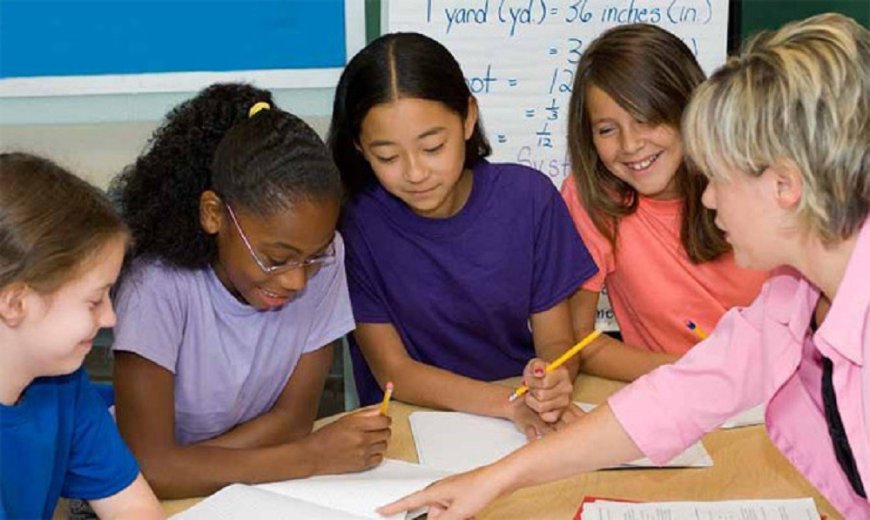How can a teacher measure his/her influence on students?
Visible Student Learning has devoted a lot of space to the influence of a teacher on student learning. It is not only a study of the

Visible Student Learning has devoted a lot of space to the influence of a teacher on student learning. It is not only a study of the achievement of set goals, but an efficiency analysis, reflection on methods and practices. To improve teaching, a teacher needs to know how his students learn and how his teaching methods respond to his students' needs.
How can I get information about how students learn?
The most common way is to analyze the test results. If the student did not receive a positive assessment, it may mean that the teacher's methods did not reach him. But it may also be the result of other factors beyond the teacher's control.
The second way is to ask the students. A request for self-assessment and opinion on the teaching methods used by the teacher. A very good way, but it is burdened with the fact that students are often unable to make a reliable self-assessment.
Self-observation. You may also be tempted to observe yourself as a teacher. It is very difficult and sometimes impossible to conduct a lesson and observe yourself and the students at the same time.
As can be seen, the three proposed impact test methods are heavily burdened with obstacles.
The most effective way is to invite another teacher to cooperate and start the so-called observation program.
Must Read: What are the branches of physics?
There are many myths about peer observation that it takes a lot of extra time that observation can go beyond the working pair of teachers, that the principal can use it on visits, and more. Studies have been developed on how to make such an observation. Procedures are given which in my opinion "kill" the idea itself.
This observation can be described in a few steps:
- The teacher invites a teacher whom he trusts to cooperate. She asks him to observe the area of ‹‹work the teacher is working on.
- While observing, the observer notices the individual student's reaction to teaching methods. Such a pair of extra eyes gives an honest look at students' learning - when and what tasks they engage in, when they fall asleep, and when fear prevents them from thinking. A lot can be observed even during a short 10-minute stay in a lesson.
- It is important to have an honest conversation after observing. Discussion together, finding places where students were engaged and learning, and places where teaching was not successful. By observing individual learners, conclusions can be drawn for individual learners, and we know that not every method is appropriate for all learners.
- During the artical-observation interview, the teacher conducting the lessons can plan for changes in his teaching and invite an observer a second time to see if the changes are having a beneficial effect on student learning.
An additional advantageous element may be recording a fragment of the observed lesson. Having the recording, you can verify the observations during the artical-observation interview.
It is very important that the observation should only serve teachers and its conclusions are not disseminated under any circumstances.
This observation is worth carrying out only when we see benefits for ourselves and for the students. However, to see the benefits, you have to try.
